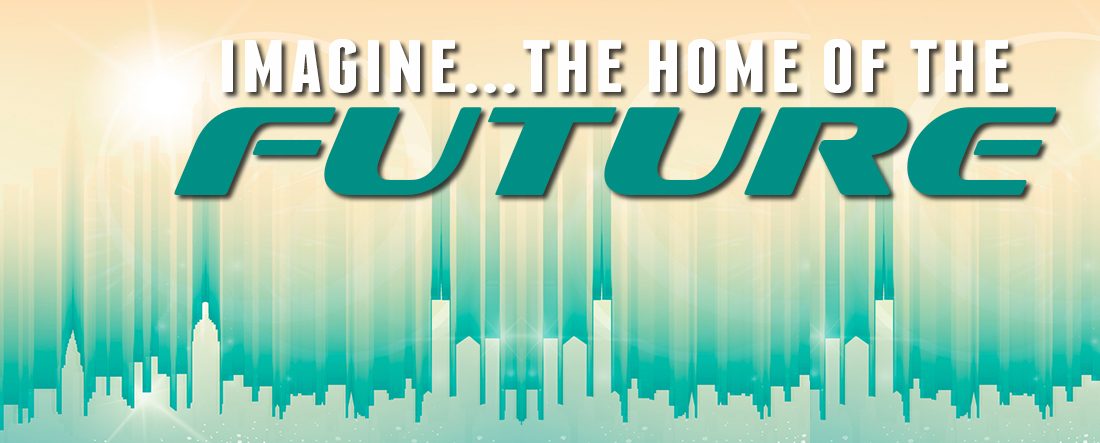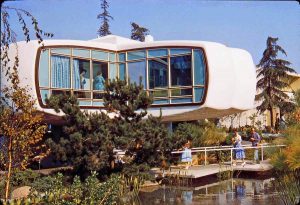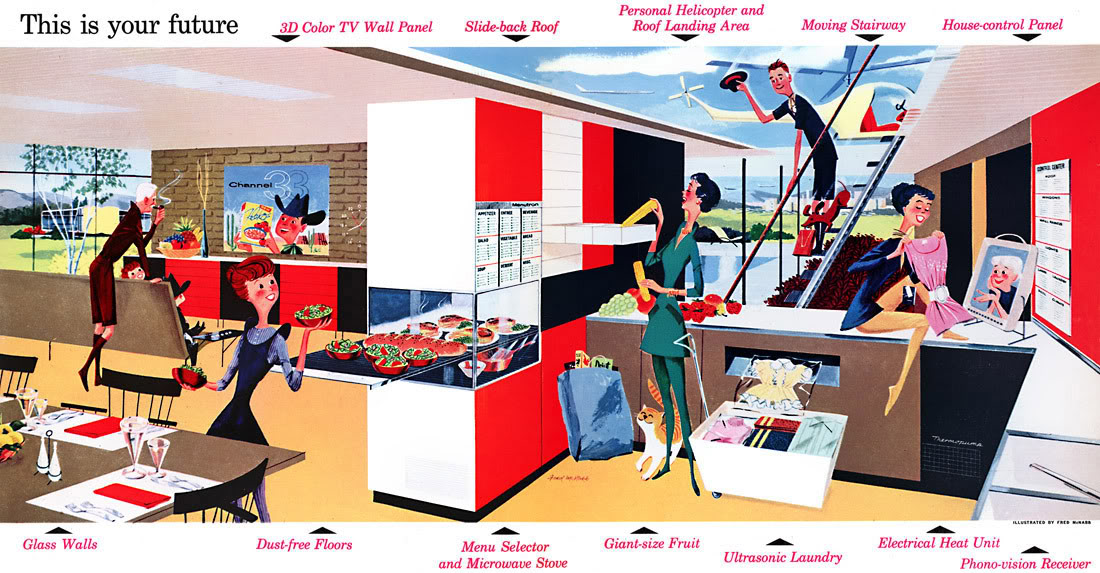
Isn’t it amazing how science fiction, a direct result of the power of the imagination, has shaped our reality.
Many of the ideas from Star Trek, which when it first appeared on screens appeared to be inconceivably other-worldly let alone revolutionary, have become reality – not bad for something that debuted in 1966.
Seemingly far-fetched concepts when first introduced decades ago, either through literature, film or television, are now commonplace and while many bemoan that the flying cars from The Jetsons haven’t eventuated, Back to the Future‘s hoverboard is a work-in-progress and you’d be hard pressed to find anyone these days without a version of Captain Kirk’s communicators, realised as the mobile phone. Even wearable technology is bounding ahead in strides (because what kid didn’t want Penny’s wristwatch computer from Inspector Gadget!)
It’s this power to imagine a “better” world, and in particular a “better way to live”, that drives the innovation of the products, services and spaces that we use and live in everyday.
The “carefree capabilities of plastics” touted by the creators of the Home of the Future in 1957 might be cringe-worthy now when considering the environmental impacts of the man-made material, but the optimisim of how such an idea could revolutionise the quality of life is what stands out.

Monsanto’s House of the Future
The Monsanto House of the Future (also known as the Home of the Future) was an attraction in Disney’s Tomorrowland at Disneyland in California, USA, from 1957 to 1967.
The attraction offered a tour of “a home of the future”, set in the year 1986, designed in collaboration between Monsanto, Massachusetts Institute of Technology (MIT), and Walt Disney Imagineering (who are responsible for designing and building the theme parks). Made entirely of plastics and fibreglass, it featured household appliances such as microwave ovens, and a large, wall-mounted television, items that we now take for granted.
Check out the actual tour narration here for an insight into what was the promise of a bright future for easy living in the 1960s.

Take the above concept for example. While the ultrasonic laundry is still a domestic diva’s dream (currently ultrasonic technology is mainly applied to cleaning jewellery and the like, not clothes), there is plenty in this 1950’s era illustration that has come to fruition and even been expanded upon.
The 3D colour TV wall panel has evolved into the latest smart TVs that not only offer high definition viewing and stream television broadcasts and movies on-demand and in 3D, they can connect directly to the internet and be flexible, transparent and wafer thin.
Slide back roofs are standard issue on sporting stadiums and the same technology is applied to retractable patio roofs, while double and triple glazing, toughened glass and sliding doors enable full walls of glass.
With the wonders of Skype and Facetime, seeing the people you’re having a conversation with who are miles away is even more mobile and accessible than a Phono-vision Receiver could have imagined.
C-Bus systems and the like have interpreted the house control panel, robo-vacuums take care of our dust-free floors and moving stairways are realised in escalators (in commercial settings) and in-home aids like mobility chair stair lifts.
However, the personal helicopter and roof landing area is currently only available if you’ve got the space and means…
Considering this article from The Guardian in 2015, won’t it be interesting to see what the home will look like in another 50 years, based on what we imagine it will be!



